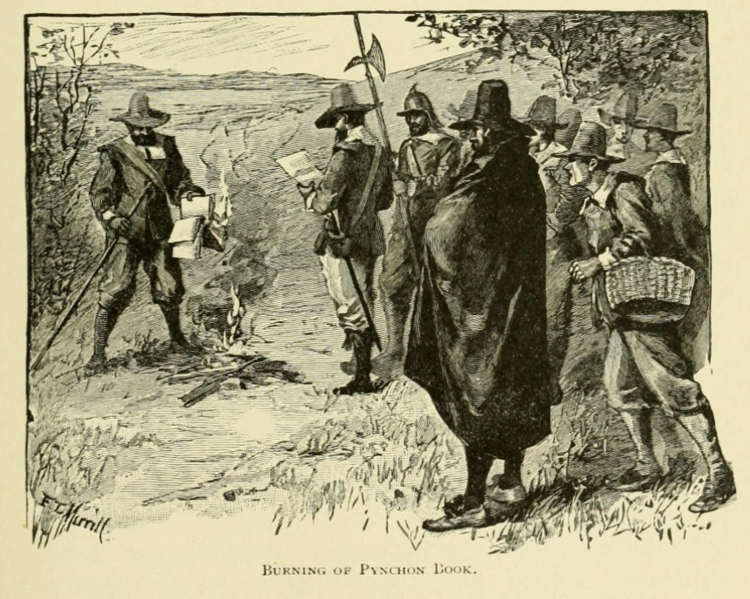World War Two
Published 16 Jun 2020We take a look at the types and numbers of tanks available to the German and Soviet armies on the eve of Barbarossa.
Join us on Patreon: https://www.patreon.com/TimeGhostHistory
Or join The TimeGhost Army directly at: https://timeghost.tvFollow WW2 day by day on Instagram @World_war_two_realtime https://www.instagram.com/world_war_t…
Between 2 Wars: https://www.youtube.com/playlist?list…
Source list: http://bit.ly/WW2sourcesWritten and Hosted by: Indy Neidell
Director: Astrid Deinhard
Producers: Astrid Deinhard and Spartacus Olsson
Executive Producers: Astrid Deinhard, Indy Neidell, Spartacus Olsson, Bodo Rittenauer
Creative Producer: Joram Appel
Post-Production Director: Wieke Kapteijns
Research by: Indy Neidell
Edited by: Mikołaj Cackowski
Sound design: Marek Kamiński
Map animations: Eastory (https://www.youtube.com/c/eastory)Colorizations by:
Julius Jääskeläinen – https://www.facebook.com/JJcolorization/
Dememorabilia – https://www.instagram.com/dememorabilia/Sources:
RIA Novosti archive, image #2567 / Samaryi Guraryi / CC-BY-SA 3.0
Picture of Soviet KV-1 tanks on parade at the Palace Square in Leningrad, Russia, 1 May 1942, courtesy Boris Kudoyarov, Russian International News Agency
IWM HU 81216
Bundesarchiv
Narodowe Archiwum Cyfrowe
RIA Novosti archive, image #669663
from the Noun Project: Shield by Nikita Kozin, Game by Ecem Afacan
Pz.Kpfw. 35(t) of 6th Panzer Division Russian front, courtesy ConnorMac12 https://commons.wikimedia.org/wiki/Fi…Soundtracks from the Epidemic Sound:
Phoenix Tail – “At the Front”
Reynard Deidel – “Deflection”
Fabien Tell – “Last Point of Safe Return”
Philip Ayers – “Trapped in a Maze”
Johannes Bornlof – “The Inspector 4”
Rannar Sillard – “March Of The Brave 4”
Max Anson – “Ancient Saga”
Johannes Bornlof – “Deviation In Time”Archive by Screenocean/Reuters https://www.screenocean.com.
A TimeGhost chronological documentary produced by OnLion Entertainment GmbH.
From the comments:
World War Two
23 minutes ago (edited)
This video is one of a number of specials we’re doing on the military context to Operation Barbarossa. You can check out Indy’s video about transport vehicles and logistics here: https://youtu.be/4lSCnOltYdY. If you want to help us make a complete documentary series on World War Two through more specials just like this one, you can join the TimeGhost Army on www.patreon.com/timeghosthistory or https://timeghost.tv.
Take care,
Joram
















